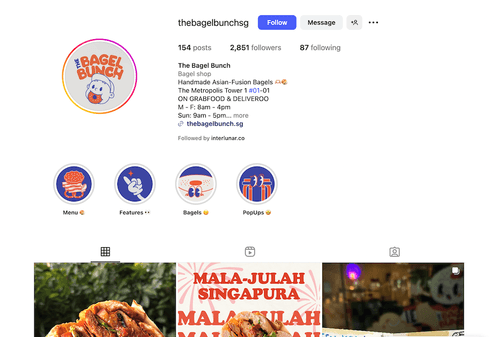

Most of us suffer from having thousands of unopened emails in our inboxes. This over-cluttered inbox can cause a lack of productivity. We immediately get overwhelmed by looking at our inbox because there’s just too much clutter, or we may even miss essential emails. Decluttering your inbox is like decluttering your mind. Here, we discuss what exactly 'inbox zero' is and how you can adopt this email management method into your workflow.

Coined by productivity expert Merlin Mann in 2006, 'inbox zero' essentially means to keep one’s email inbox empty or primarily empty from unread emails – or all emails, for that matter. It is an email management strategy that helps manage your emails by keeping your inbox fresh and empty, ready for any important emails to appear. According to Mann, inbox zero doesn’t just refer to the number of emails in your inbox; it also points to how much time an employee spends thinking about their inbox. Mann believes that your inbox should not be like a to-do list but a means to get work done; hence, stress around it should be reduced to enhance productivity.

According to Mann, there are a few steps to start with if you’re looking to achieve inbox zero:
Delete (or Archive): Apart from spam or marketing emails, you’ll also want to eliminate outdated emails that have been read and completed. This clears your inbox of unnecessary clutter. To make this process easier for you in the long run, unsubscribe from mailing lists that don't really serve you (or assign them to your spam folder if needed).
Delegate: You can also seek to assign emails to your teammates. This is especially useful if you believe someone else can better handle a task in an email; forward the email to them and delete or archive it afterwards. Mann also suggests reconsidering who you choose to CC or BCC in emails, as everyone could be facing email brain-drain. The next person you delegate the task to may already be drowning in their work, so communicate properly before passing functions to others.
Respond: If an email requires a response, and you can respond quickly with just one or two lines to get it going, then do so. After this, you can delete or archive the email and move on.
Defer: On a similar note, if an email you must respond to requires more action – you’re waiting on someone else, right now isn’t the right time to answer back, etc. – you could defer the response to the email. You’ll then want to organise emails like these. To do so, create folders within your inbox that allow you to sort through according to status: 'awaiting update', 'scheduling', and so on.
Do: Last but not least, inbox zero requires maintenance. You’ll have to check and update your inbox consistently as often as possible. You’ll also have to respond and act on tasks that require your action because sitting on these tasks will cause a nigh insurmountable build-up over time. What helps is to create a schedule that prompts you to check and attend to email matters throughout the week constantly.
-
Inbox zero is a great way to achieve an organised inbox and manage email clutter. Decluttering emails should also be seen as a way to declutter one’s life, as it improves overall focus and productivity and reduces stress.

